
Entertainer Ed McMahon hoped to become a United States Marine Corps fighter pilot. Prior to the US entry into World War II, however, both the Army and Navy required two years of college for their pilots program. McMahon enrolled into classes at Boston College and studied there from 1940-41. After Pearl Harbor was attacked, the college requirement was dropped, and McMahon immediately applied for Marine flight training. His primary flight training was in Dallas, followed by fighter training in Pensacola, where he also earned his carrier landing qualifications. He was a Marine Corps flight instructor for two years, finally being ordered to the Pacific fleet in 1945. However, his orders were canceled after the atomic bomb was dropped on Hiroshima and Nagasaki forcing Japan's surrender. As an officer in the reserves, McMahon was recalled to active duty during the Korean War. This time, he flew the OE-1, an unarmed single-engine spotter plane. He functioned as an artillery spotter for the Marine batteries on the ground and as a forward controller for the Navy and Marine fighter bombers. He flew a total of 85 combat missions, earning six Air Medals. After the war, he stayed with the Marines, as a reserve officer, retiring in 1966 as a colonel
Featured Photo Galleries
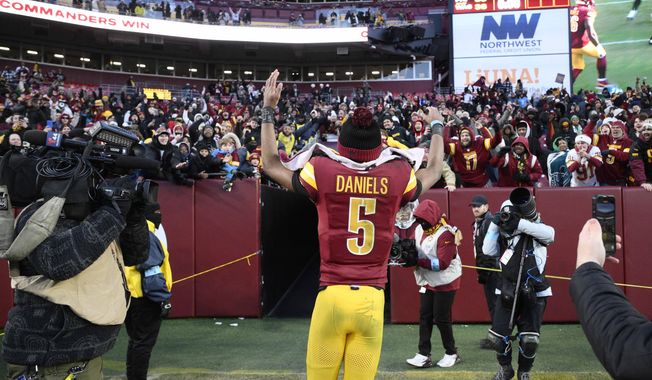
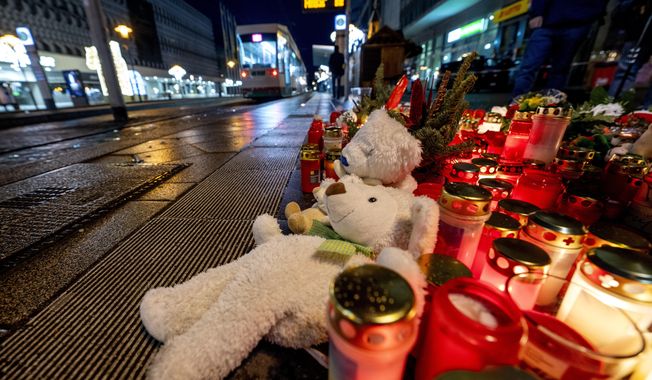
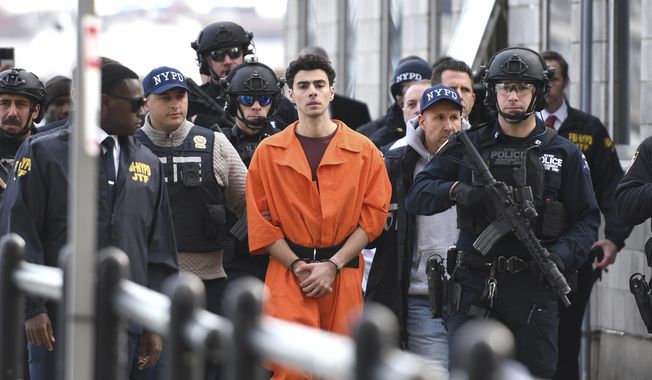
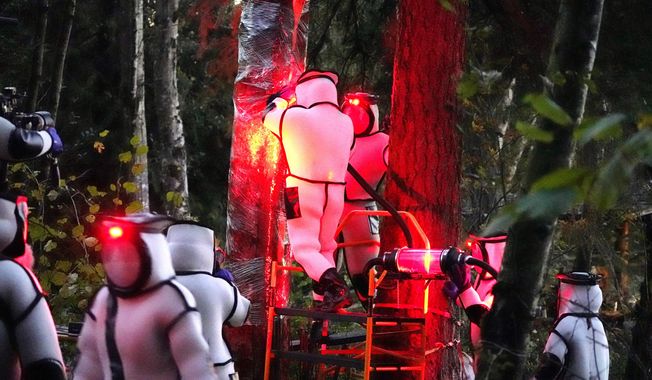
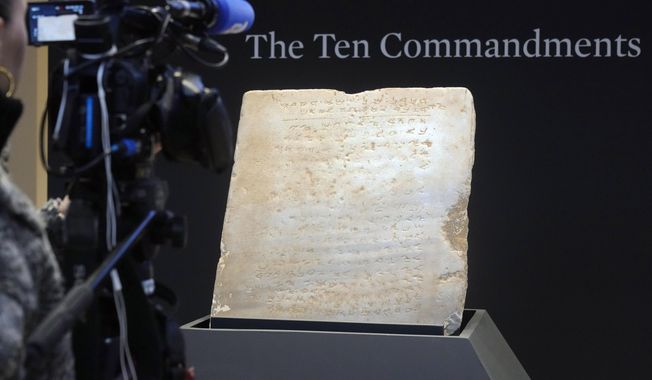




Trump Transition: Here are the people Trump has picked for key positions so far
President-elect Donald Trump has announced a flurry of picks for his incoming administration. Get full coverage of the Trump transition from The Washingon Times.





